
Cortejo Acadêmico 2024
Academic Procession of the University of Coimbra
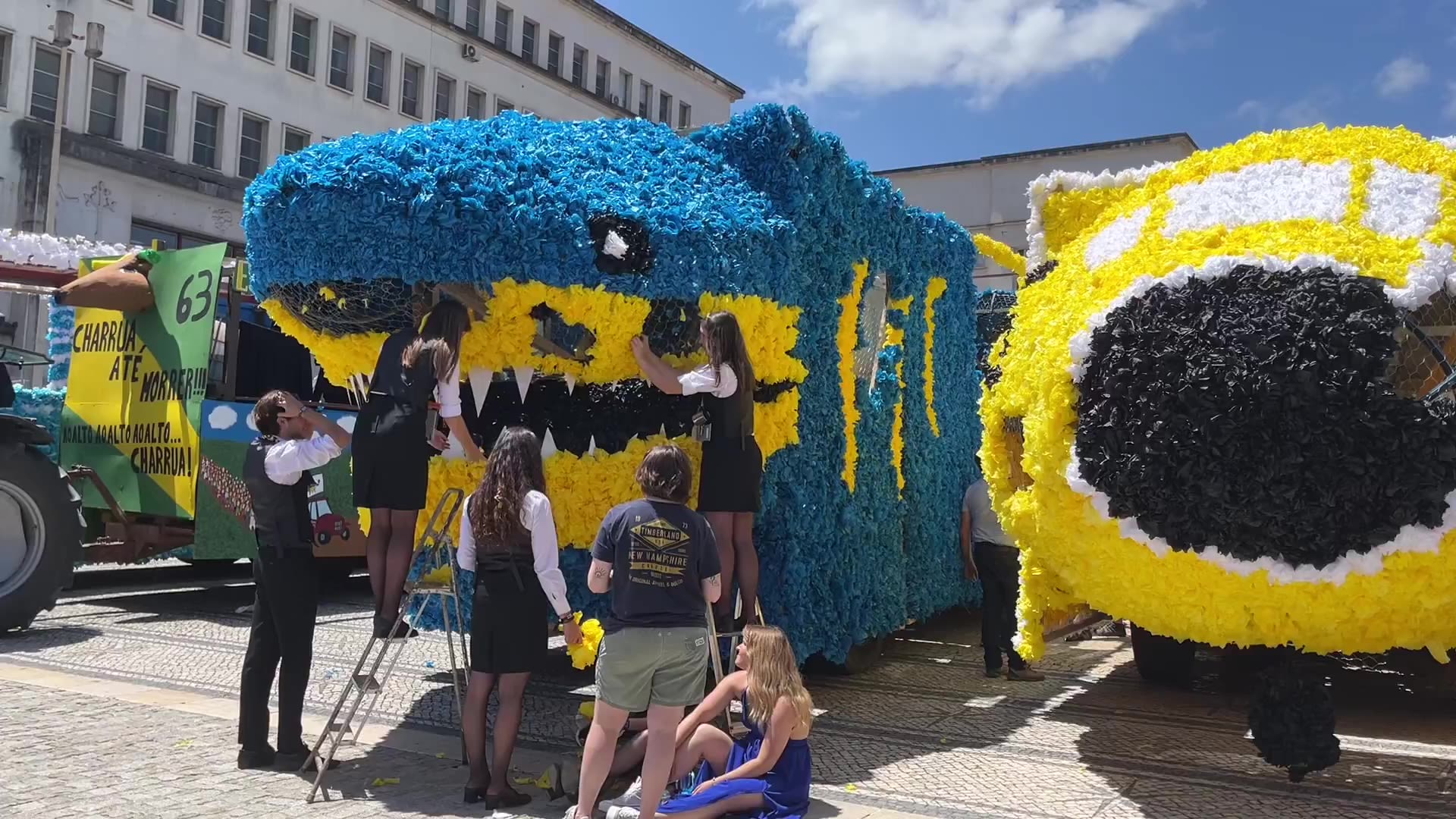

Queima das Fitas Coimbra 2024
Embarking on a new chapter
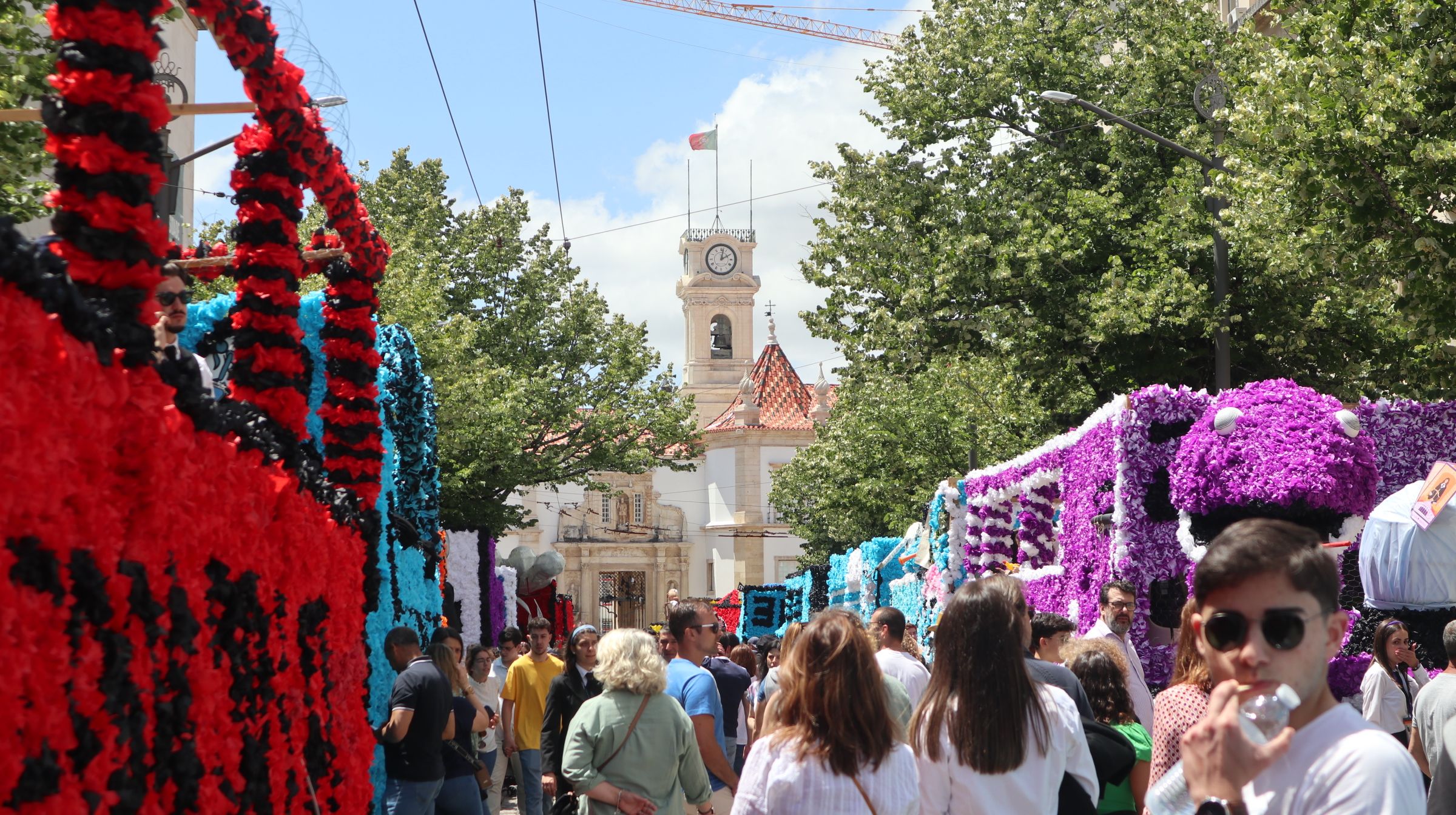
The academic procession of the University of Coimbra was successfully held on Sunday (26/05). The parade started from Dom Dinis’ statue to Baixa, downtown Coimbra, near the Mondego River. From freshmen to seniors, students celebrated this iconic moment with decorated floats and traditional academic costume.
"We're so excited for today. This is our moment to shine. Welcome to the biggest students' festivity in Portugal!"
- Beatriz, a Portuguese language student of the University of Coimbra

Cortejo Acadêmico (academic procession) is a student parade that halts the city on Sunday, within the week of Queima das Fitas in Coimbra. The festivities run every year for a full week in May. It started with burning ribbons procession and followed by over a hundred of decorated floats moving from the statue of Dom Dinis towards Baixa, downtown Coimbra, and passed through Santa Clara’s bridge in Mondego river. Approximately 26.000 students from all faculties parade through the city on foot and decorated trucks, with music, drinks, and wearing their traditional academic attire.
From early morning, the central campus of the University of Coimbra was bustling with anticipation and excitement from students and their families. Starting at the statue of Dom Dinis and extending to the Faculty of Letters area, a total of 102 floats were decorated with paper flowers in various colors representing their respective faculties.
Yellow symbolized the Faculty of Medicine, red the Faculty of Law, sky blue and white the Faculty of Sciences and Technology, royal blue the Faculty of Letters, purple the Faculty of Pharmacy, red and white the Faculty of Economics, orange the Faculty of Psychology and Education Sciences, and brown the Faculty of Sports Sciences and Physical Education.
In addition to the colorful paper flowers, these floats were adorned with unique mascots, posters, childhood photos of students, and writings containing social critiques addressing the educational system, society, national events, politics, and government. To enliven the parade, students from each faculty were busy decorating their respective floats, arranging beer to be distributed to the public, and spraying passersby with drinks using toy water guns.
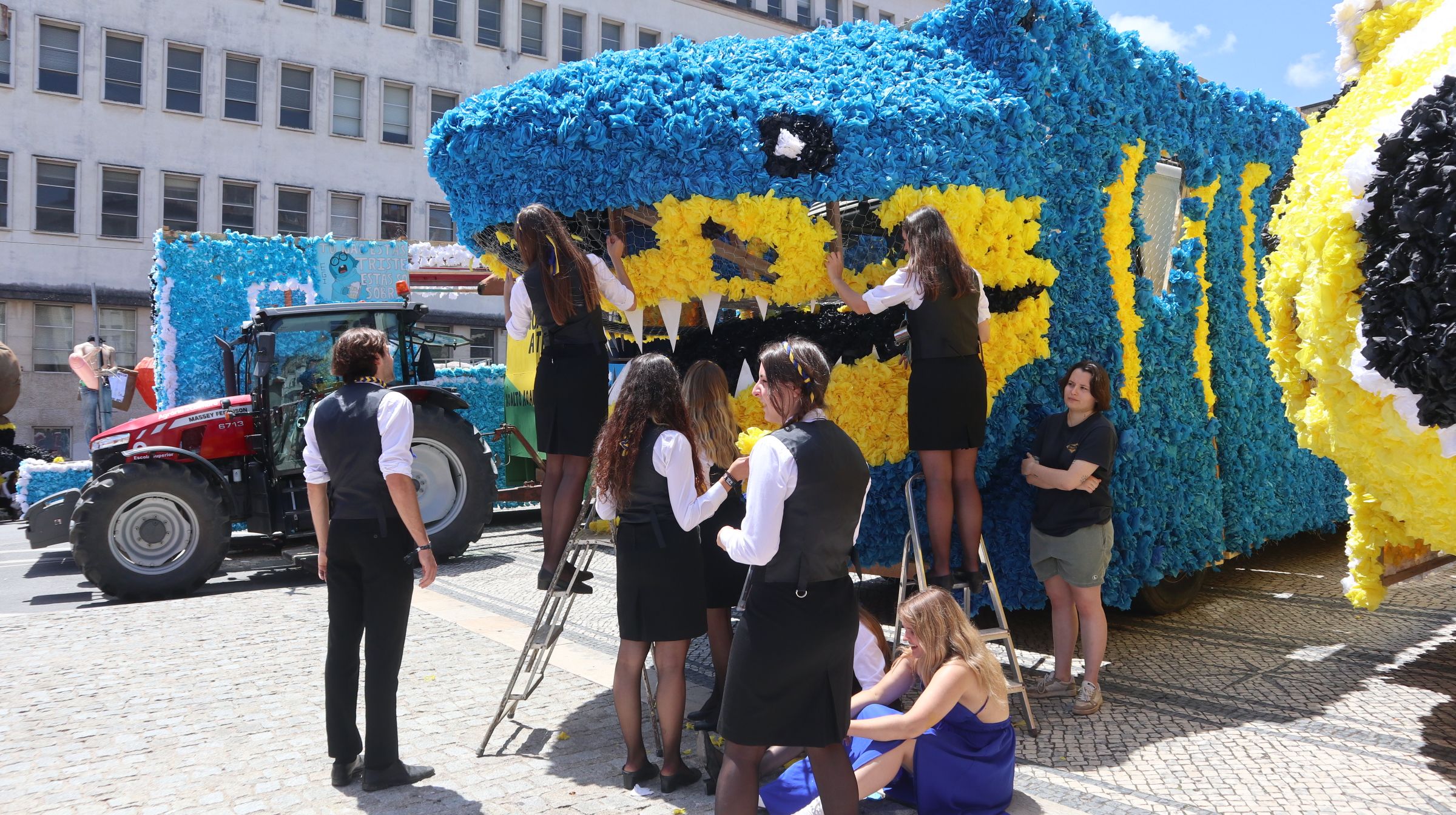
After the lunch break, the main campus area became increasingly crowded with people from both within and outside the city. Most of them were family members and relatives of University of Coimbra students who came to offer support and enjoy this joyous occasion. Each family member could be seen carrying a bouquet of flowers as a gift for their loved ones. The streets around the campus started to fill with vendors selling their goods, including food, beverages, souvenirs, and toys.
"We're so happy to be here to support our daughter. I hope for the bright future ahead for my daughter and all of her friends."
Around 2 p.m., final-year students, commonly referred to as "finalists," began gathering at their respective floats. As the parade's start time approached, the streets filled with graduating students wearing the traditional academic costumes of the University of Coimbra, which consists of a cape similar to the robes worn by Harry Potter.
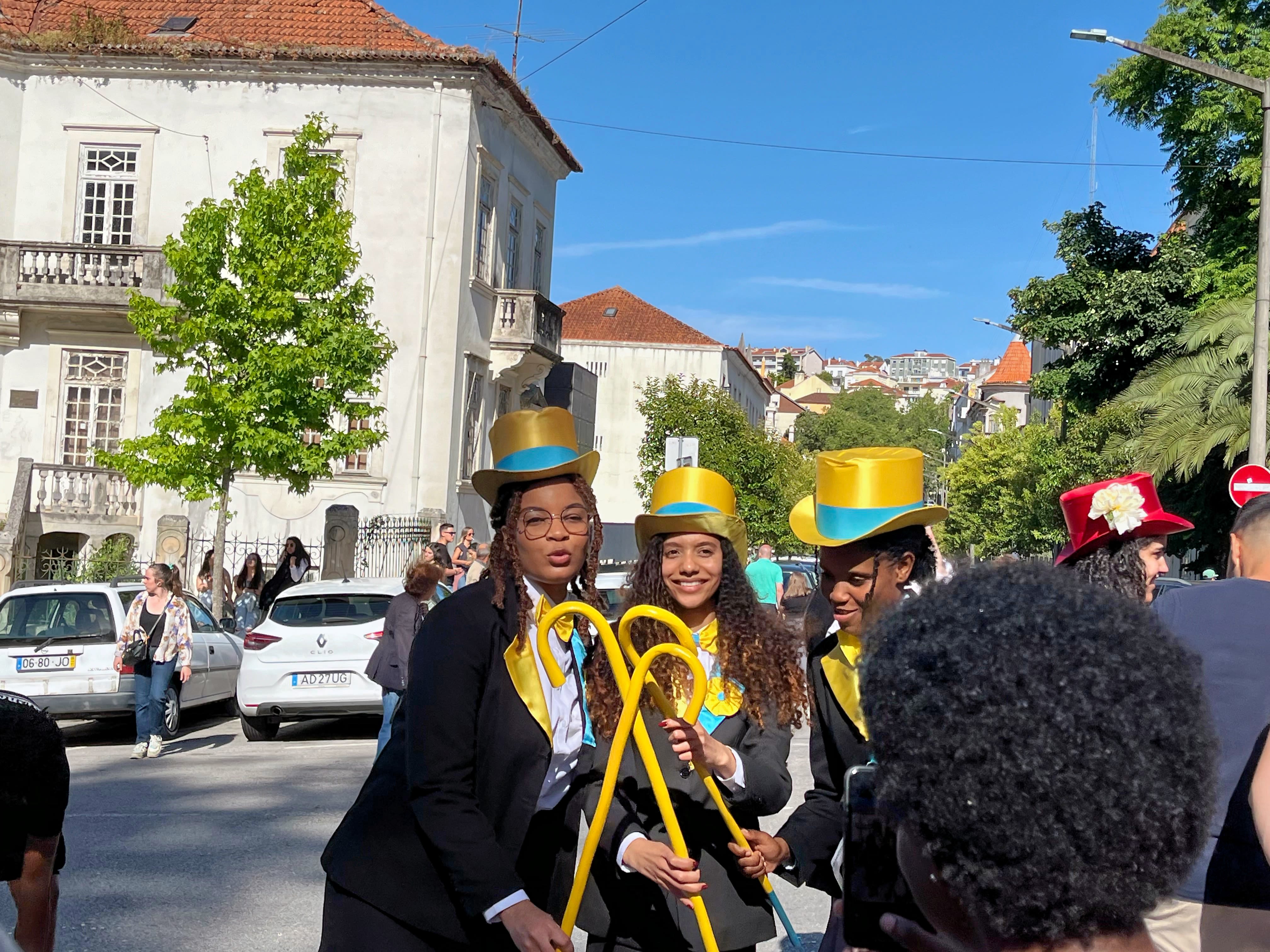

Besides the usual academic outfit, every finalists also complimented their looks by wearing a magician top hat, ribbon, floral brooch, and carrying a walking-cane in the colors of their courses. Just as the decorated floats featured significant colors, the costumes worn by the final-year students were also colorful, showcasing the diversity within the university and its student body.

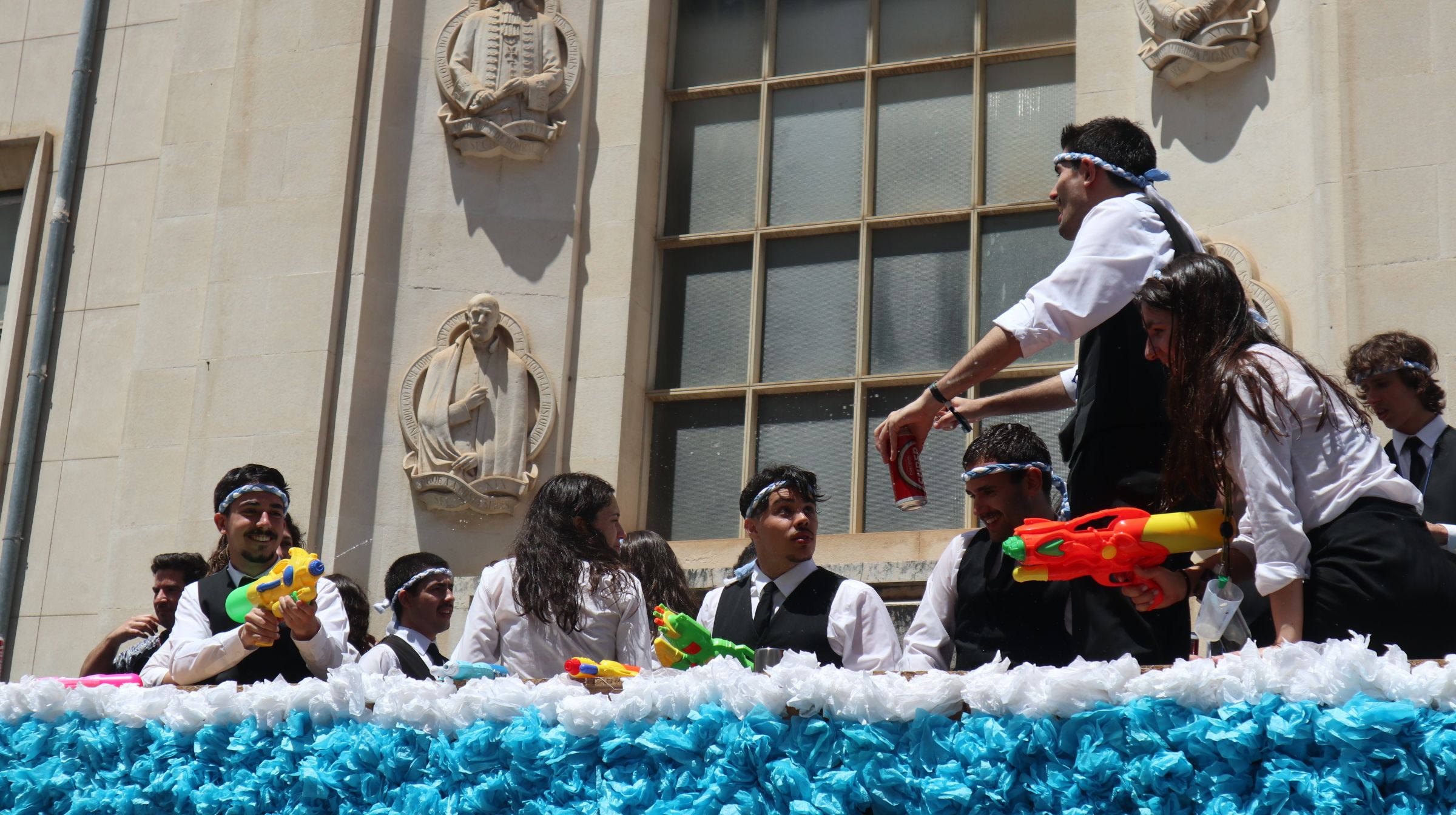


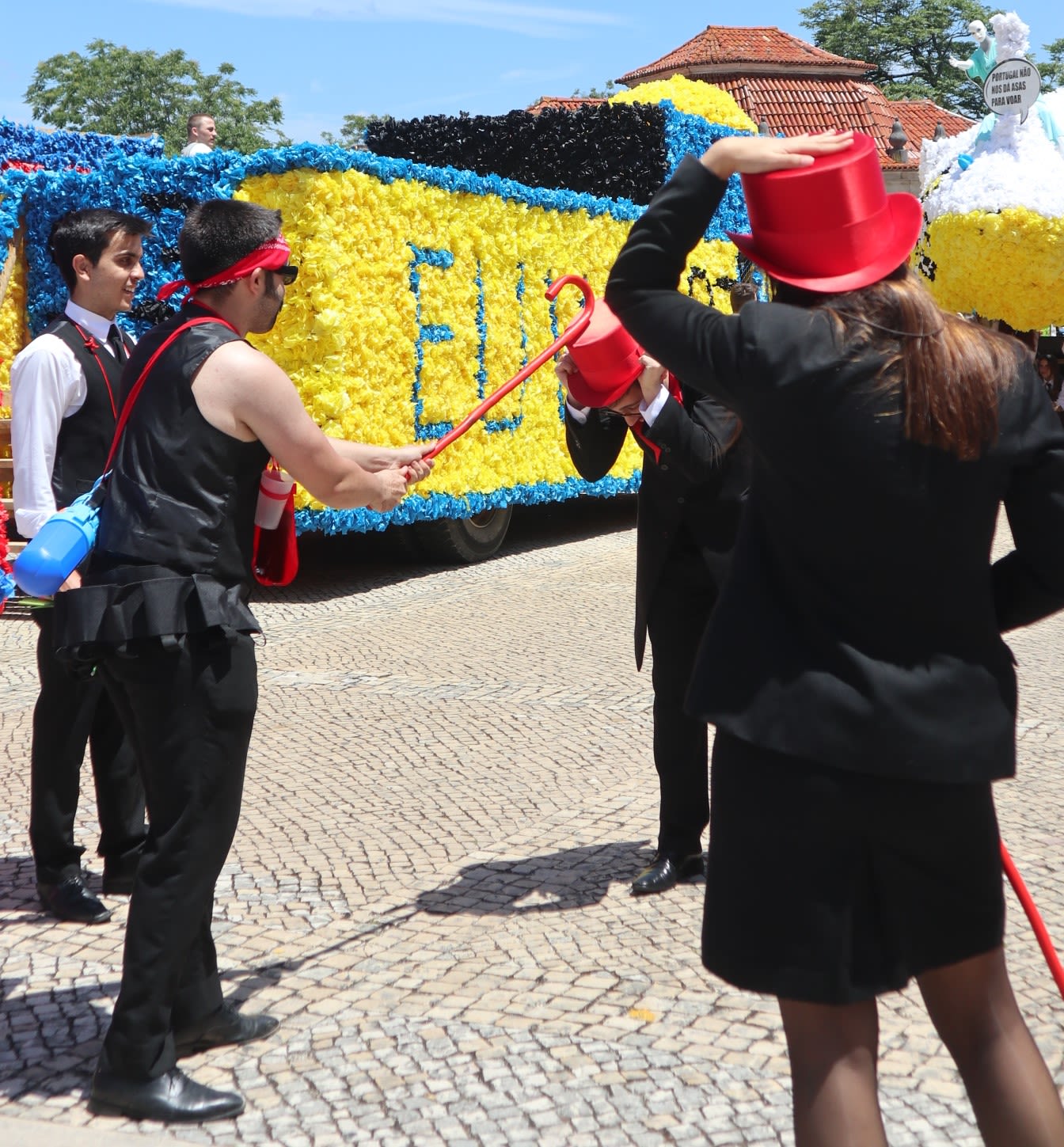
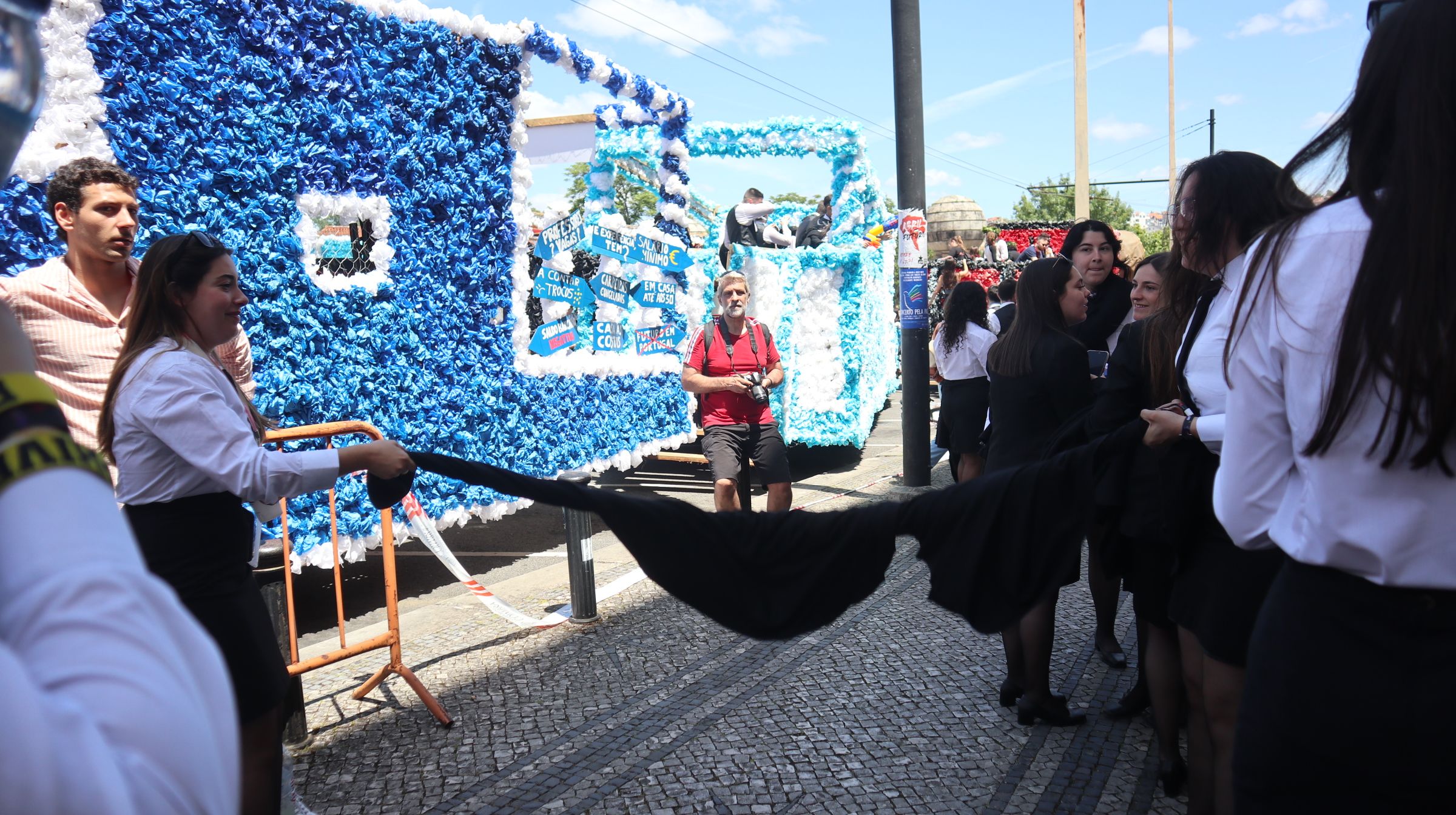

During the parade, families, relatives, and fellow final-year students participated in a tradition where they gently tapped each other's right and left shoulders with a cane, followed by lightly hitting the magician top hat worn by the finalists three times. After completing this ritual, they embraced and offered prayers for each other's success in the final exams, wishing for a swift graduation.
Other than finalists, the first-year students, known as "freshmen," also celebrate the end of their first academic year. They are no longer "freshmen" and can now wear the famous academic costume. However, they cannot yet wear the full outfit until the end of the ceremony. Therefore, you might see some freshmen draped their black capes over their shoulders like a sash, with the ends of the cape tied together.
"Finally, I'm no longer a freshmen. Of course I'm a little bit sad, but at the same time I am proud of myself. So excited to welcome the next academic year."
At 2:45 p.m., the parade involving all students of the University of Coimbra began. The students and their decorated floats walked across the city, starting from Alta (upper Coimbra, the historical center of the university, and home to the Rector's Office and the famous University tower). The parade progressed down the hills of Alta towards Baixa (downtown Coimbra), and crossing the Santa Clara bridge over the Mondego River. The yellow float from the Dentistry Department of the Faculty of Medicine led the parade, followed by floats from various other departments, namely Modern Languages and Literature from the Faculty of Letters, International Relations from the Faculty of Economics, and many more. In total, there were 102 floats in the parade, spanning from the University to the Polytechnic Institute in Coimbra.
During the procession, the finalists on the floats continuously handed out beer to other people. While distributing beer, they also sang their own department’s songs, as loudly as possible, and enthusiastically cheered on other students following the floats from below. They incessantly sprayed beer on people, their friends, and even themselves until they were fully drenched. Many people tried to avoid the beer’s spray, but many others enjoyed it and eagerly awaited being sprayed. Regardless of their actions, their unwavering enthusiasm spread to the people in the street, allowing them to feel the student’s euphoria.
As the parade passed by, people began to follow the students’ decorated floats along the downtown streets until it reached Largo da Portagem near the Mondego River, where a crowd of family, friends, and curious onlookers gathered. Hundreds to thousands of people walked alongside the floats, watching students drink and celebrate this significant moment. Many people, including children and teenagers, paid attention to the posters attached on the floats containing social critiques. These messages momentarily captured public attention, effectively conveying one of the students' main objectives for the parade. Each float displayed writings criticizing various social issues, including social justice, the education system, employment, the economy, politics, and government. This parade served as a form of demonstration by the students, voicing their concerns for public welfare and interests through the academic procession.


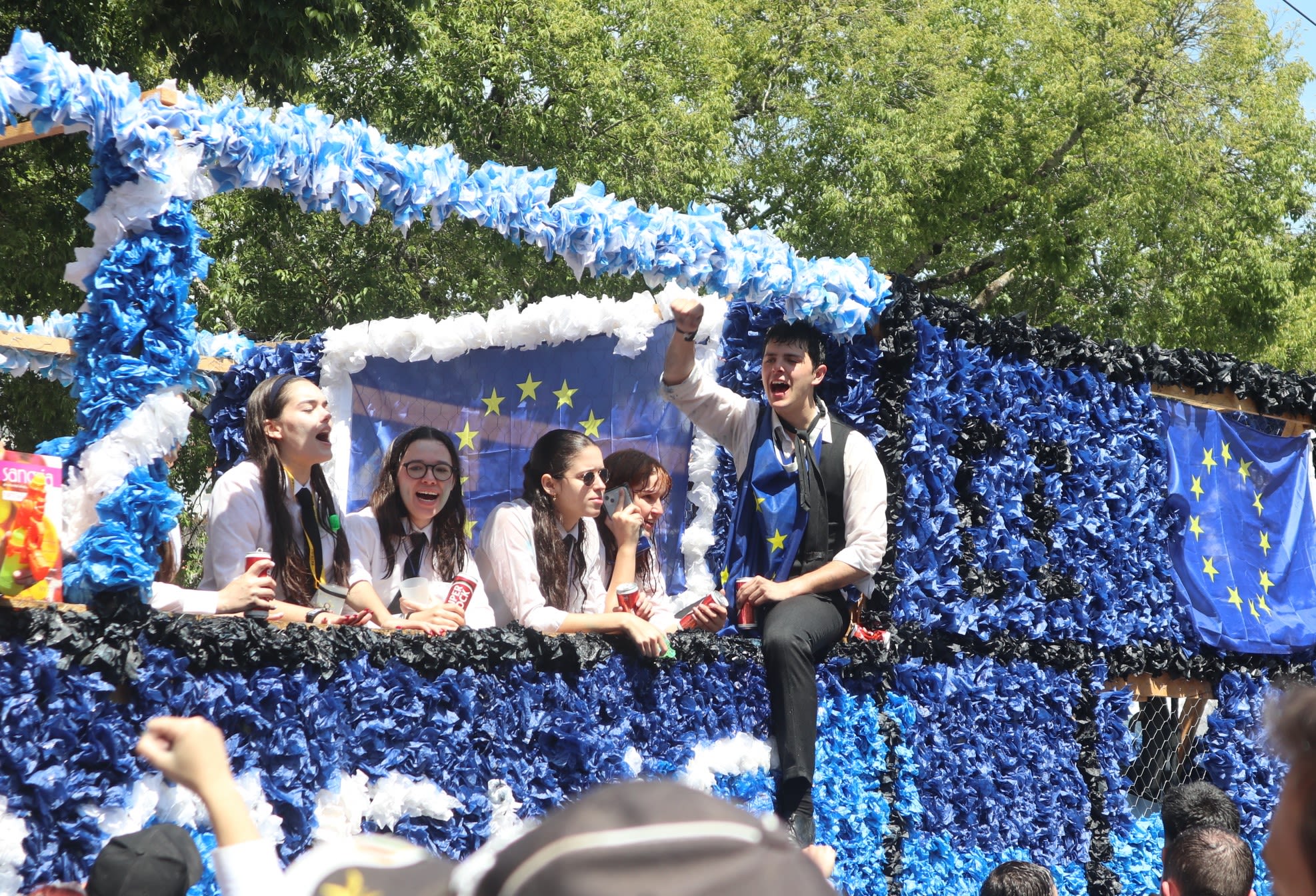




"Basically, Cortejo is like a parade of the students with decorated floats and you can spot many social critiques written by the students there. Please take a look at them."
- Mariana, a philosophy student of the University of Coimbra
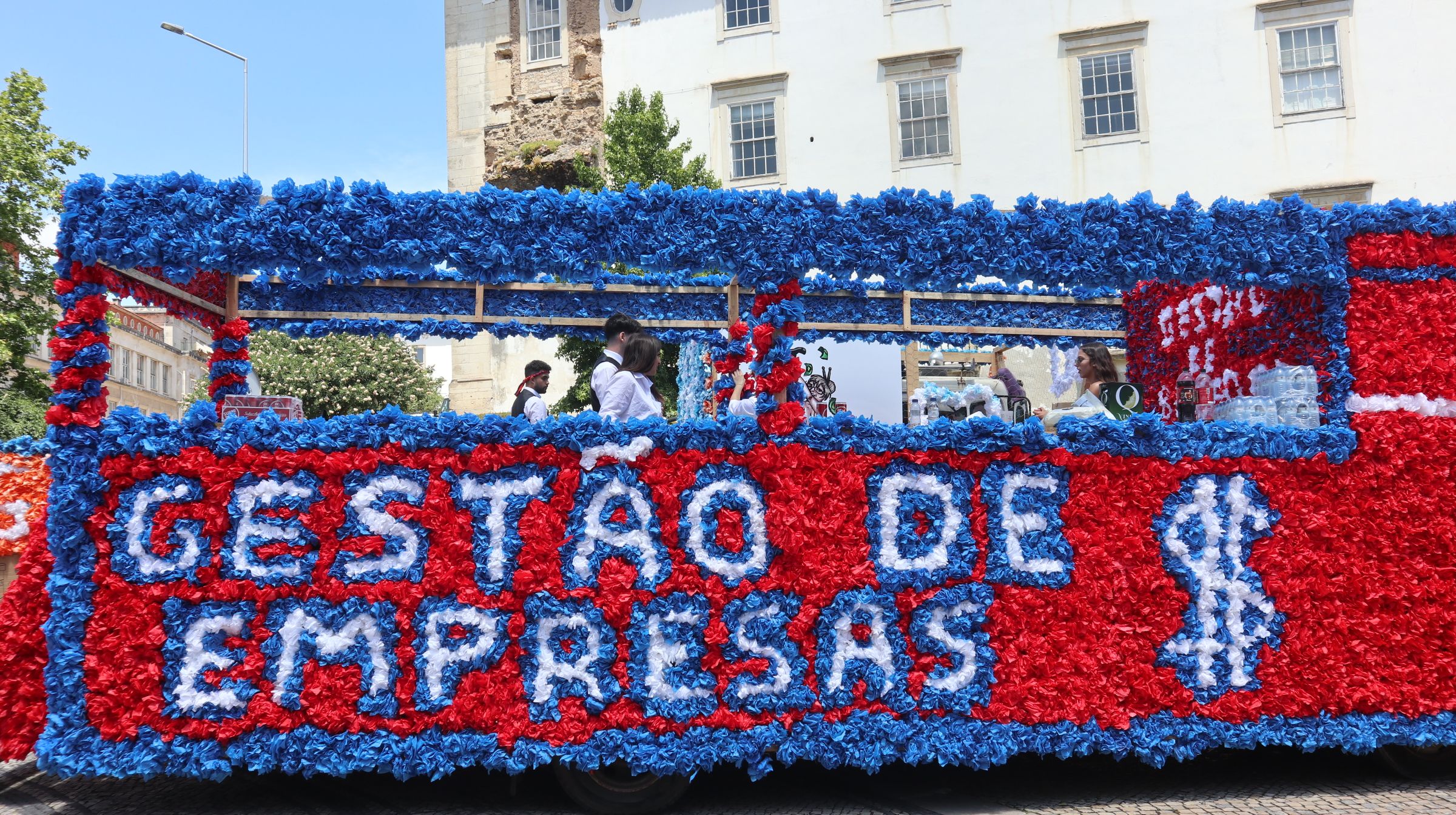
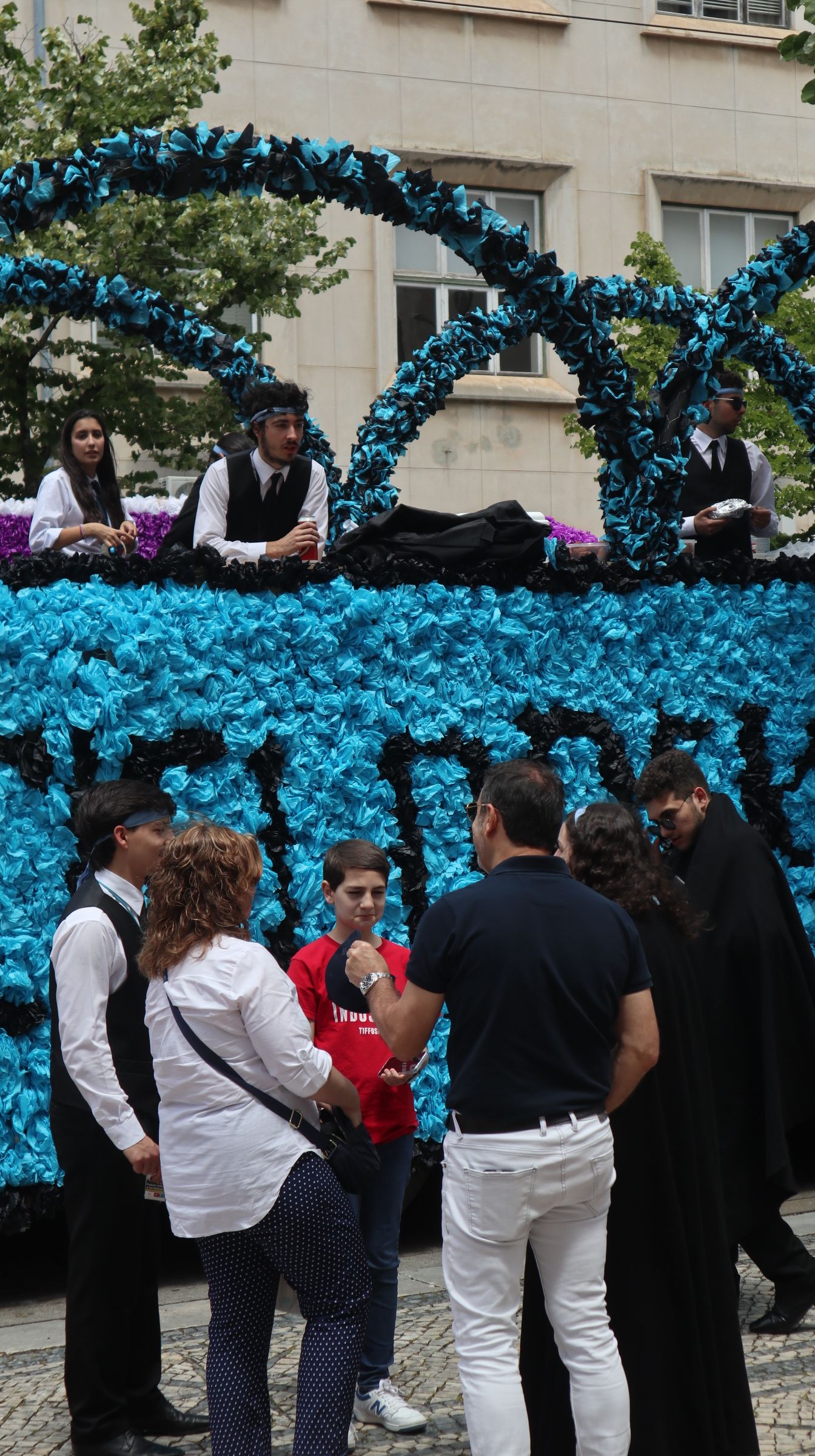
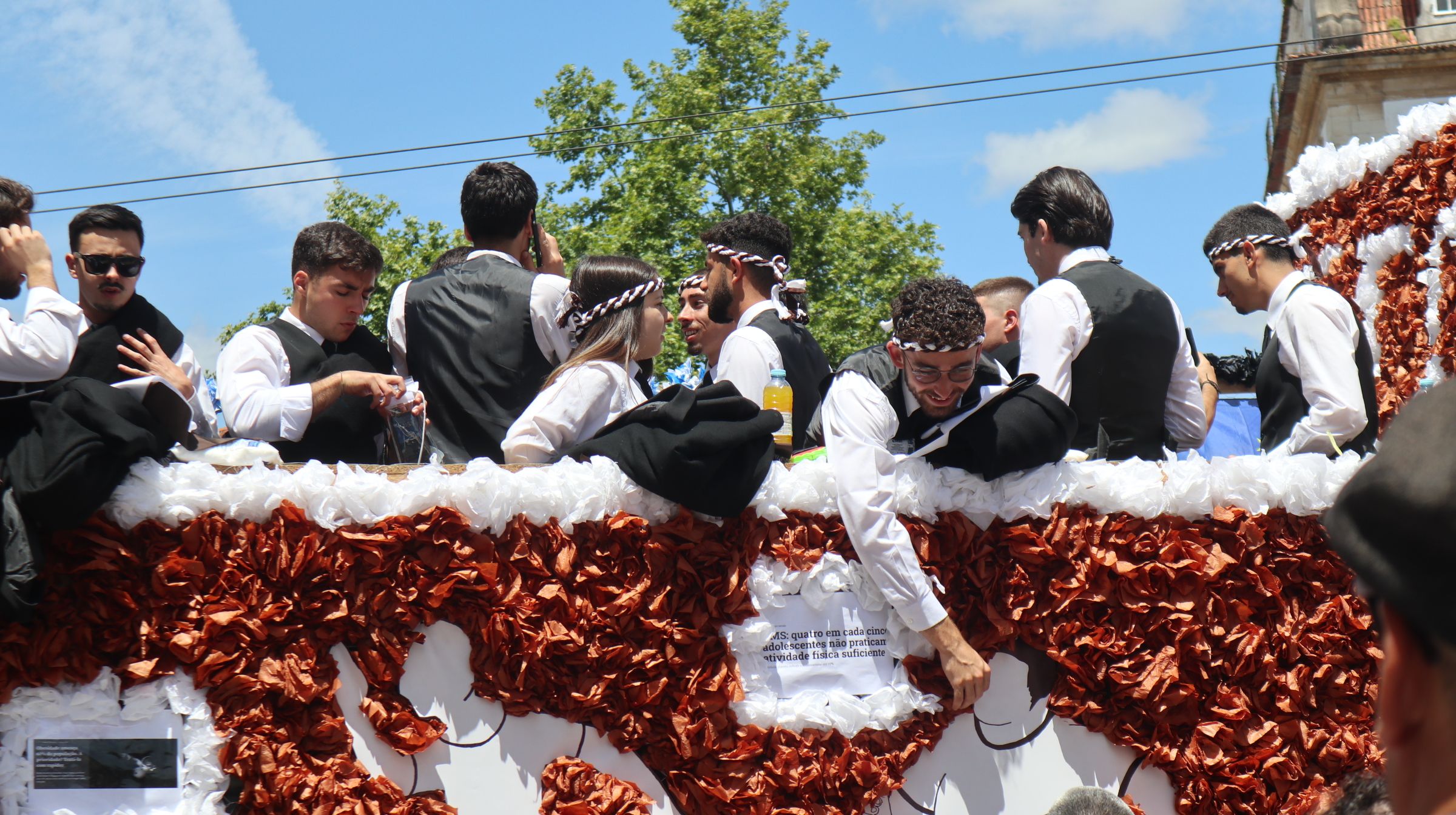
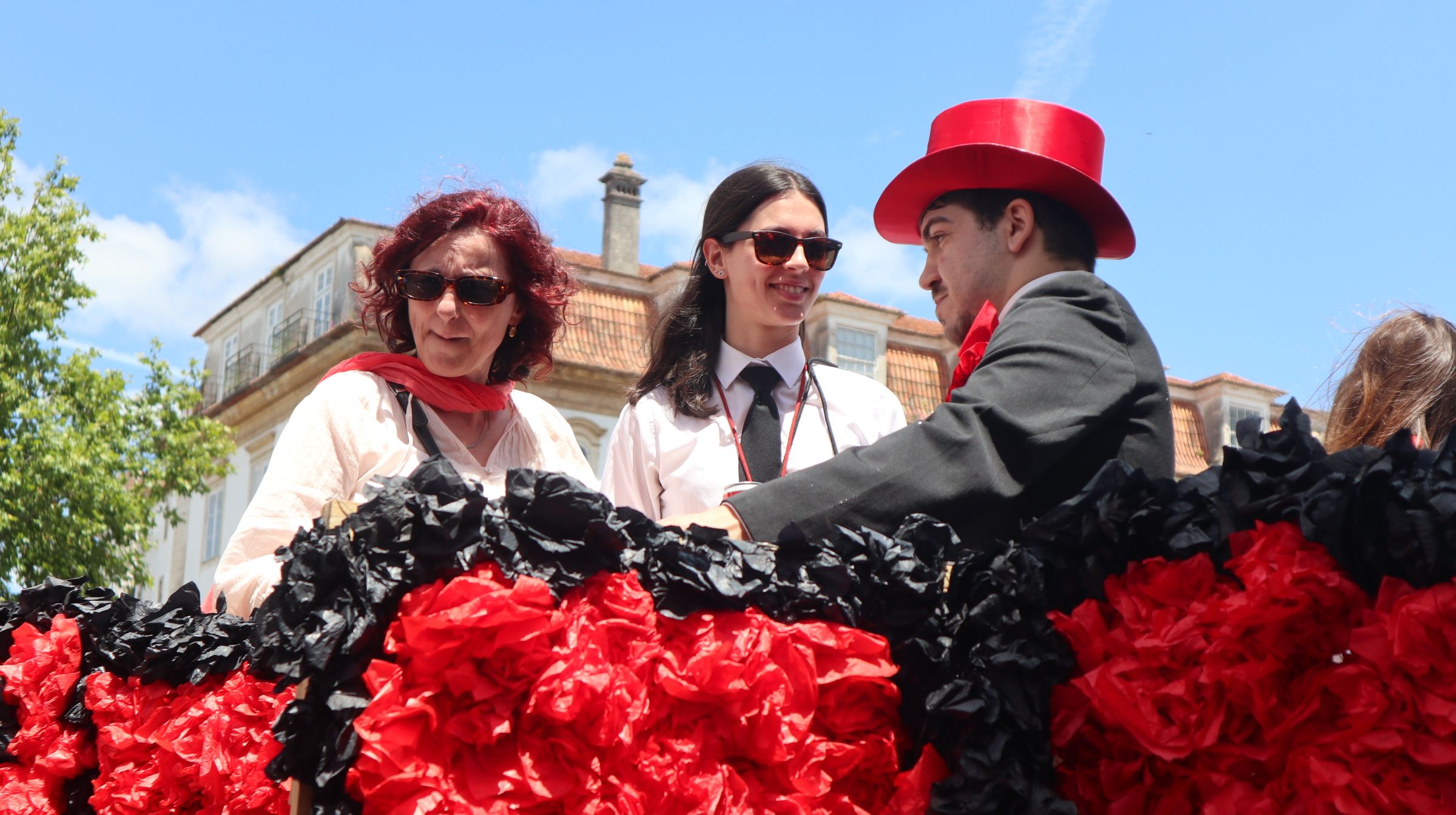
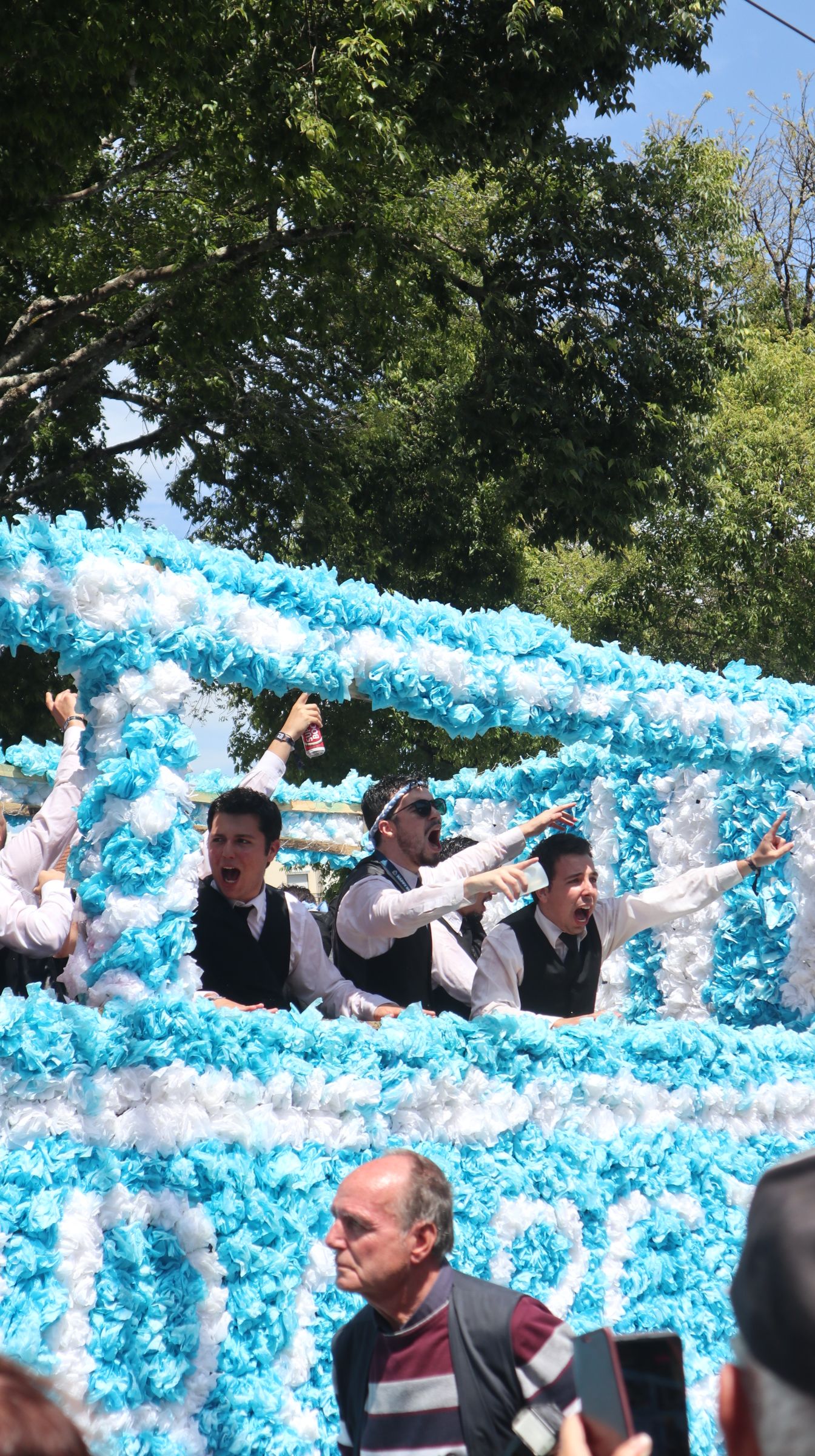

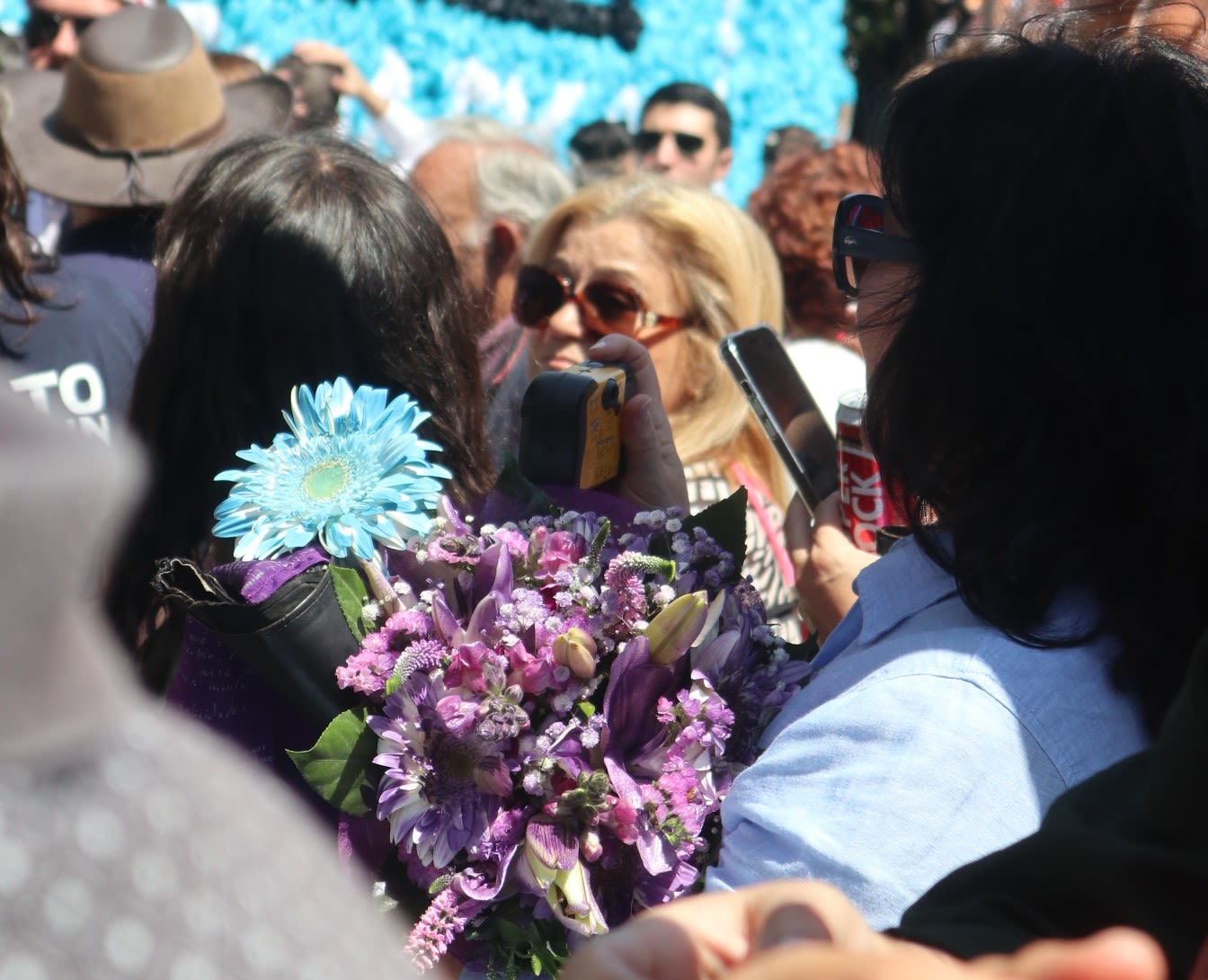
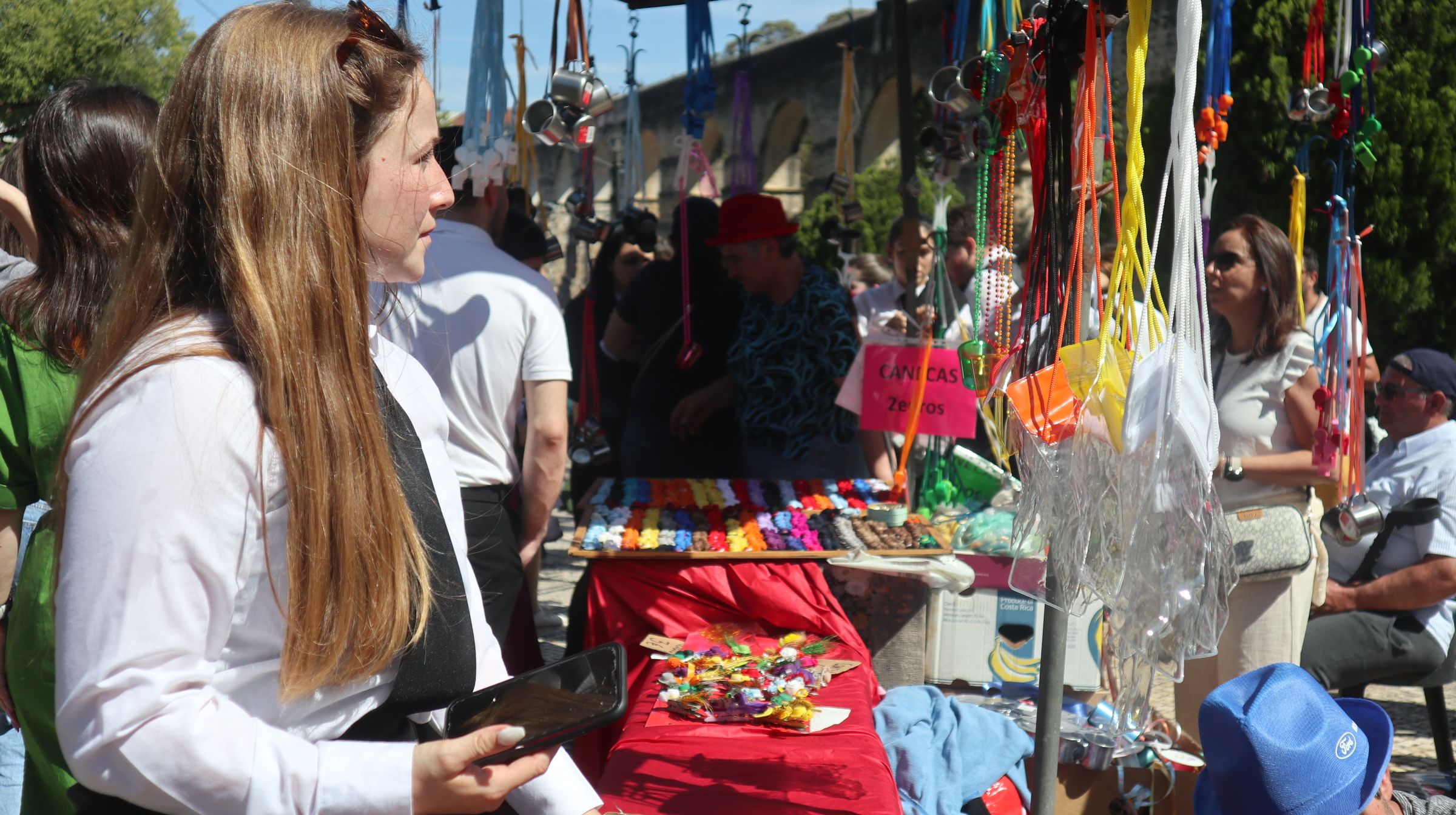

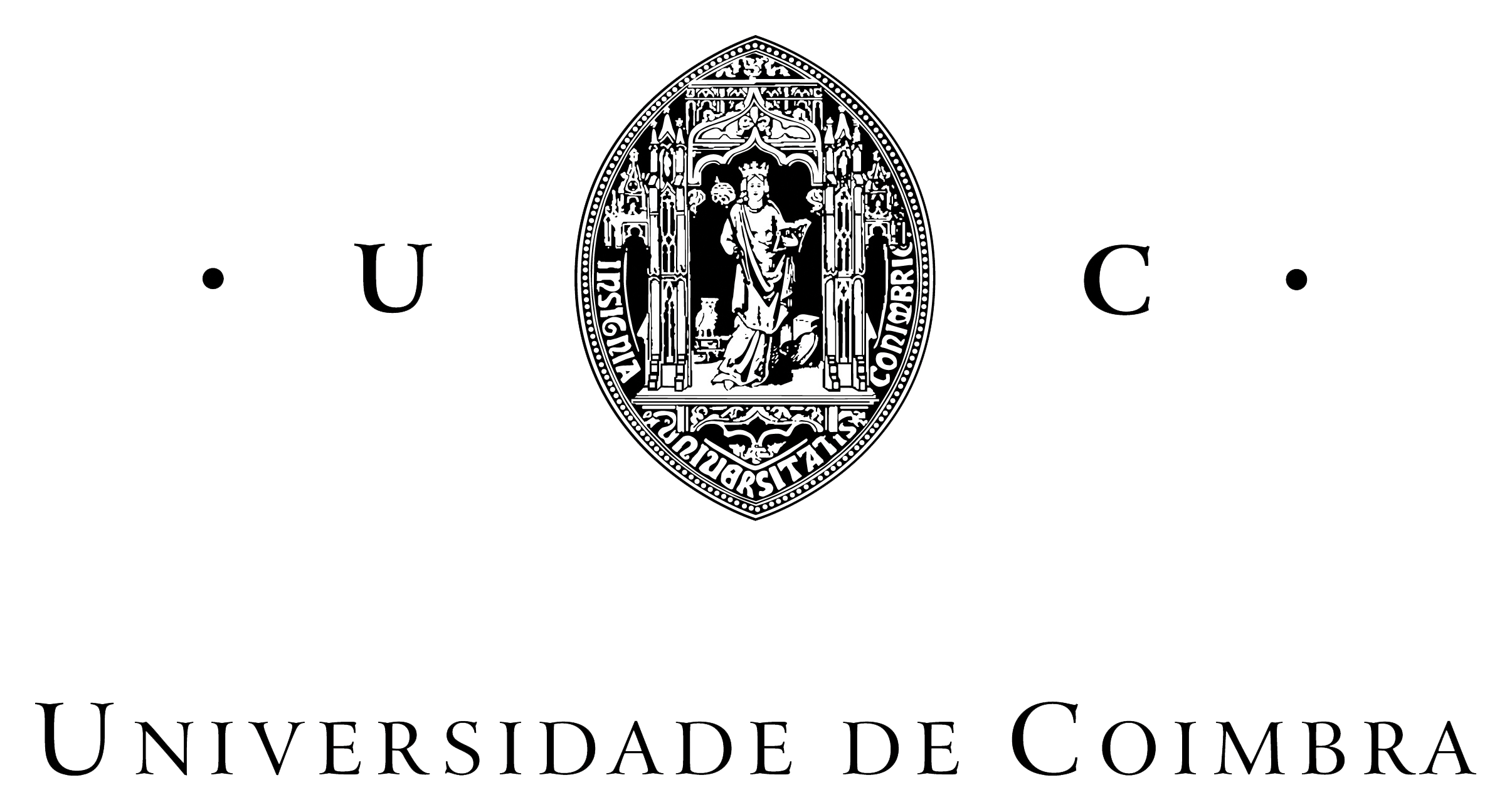
Thank you
All photos and videos belong to Tiara Hardiana
Student Number: 2023254191
© 2024 Tiara Hardiana
Multiplatform Journalism | Faculty of Letters | University of Coimbra | Coimbra, Portugal